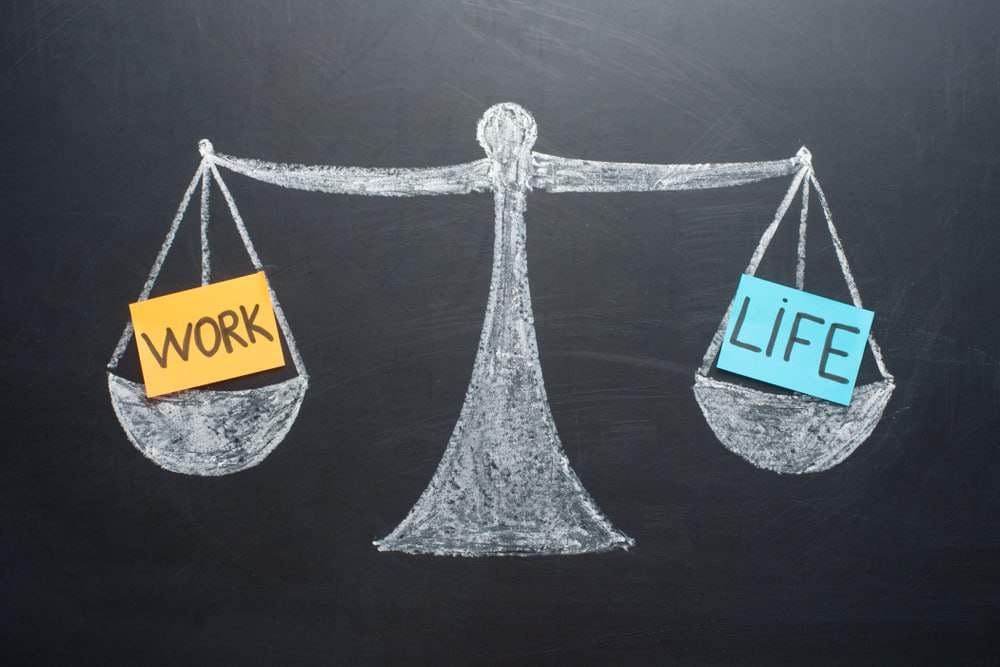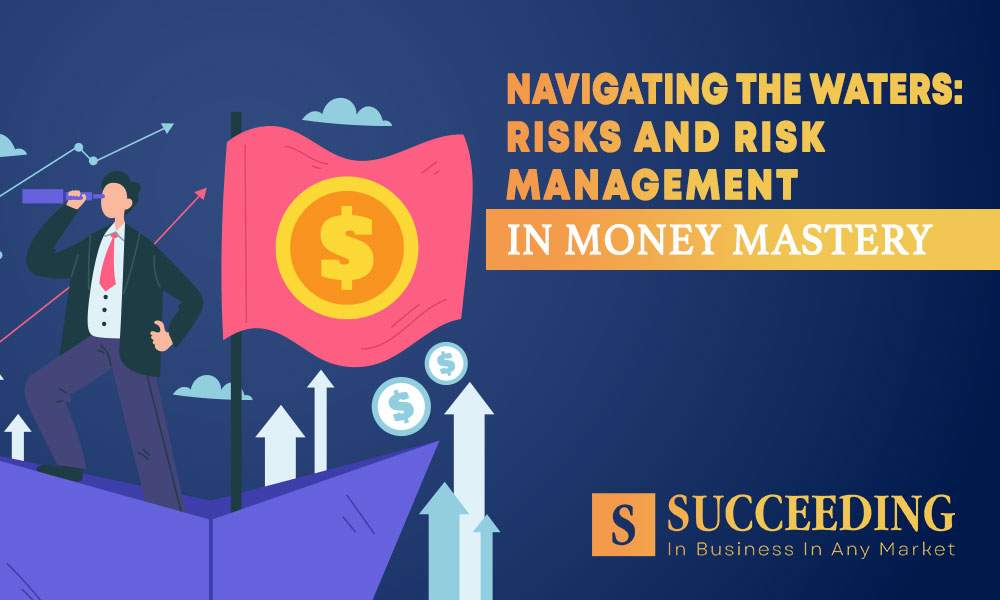Post Date: February 1, 2024

In the ceaseless quest for success, individuals often find themselves on a tightrope, walking the fine line between achievement and exhaustion. This article delves into the complex dynamics of success, burnout, and well-being, unraveling the intricacies that underscore our pursuit of excellence.

The Modern Conception of Success
Success is a multifaceted gem, casting its brilliance across various facets of life. It manifests in diverse forms, ranging from career milestones to personal achievements and academic accolades. In our society, the narrative surrounding success is often one of unbridled ambition and relentless pursuit. While the concept of success brings with it a sense of accomplishment and fulfillment, it also carries the potential for unforeseen consequences.
The pressure to meet societal expectations and conform to conventional notions of success can be overwhelming. Whether it’s climbing the corporate ladder, achieving academic excellence, or realizing personal goals, the relentless pursuit of success can take a toll on one’s mental and emotional wellbeing.
The Burnout Epidemic
In the shadows of success lurks an insidious foe burnout. Defined by emotional exhaustion, cynicism, and reduced professional efficacy, burnout is not a mere inconvenience but a pervasive and growing concern. High achievers, in their pursuit of excellence, often find themselves grappling with the silent onset of burnout.
The signs are subtle yet profound, affecting not only one’s professional life but seeping into personal domains as well. Chronic stress, sleep disturbances, and a sense of disillusionment become constant companions on the road to burnout. Statistics paint a stark picture, revealing that burnout is not an isolated phenomenon but a widespread issue that demands urgent attention.
The Relationship Between Success and Burnout
The paradox of success leading to burnout is a narrative all too familiar. High achievers, propelled by ambition and societal expectations, inadvertently stumble into the burnout trap. The very qualities that contribute to their success – perseverance, dedication, and an unrelenting work ethic – can become the catalysts for their undoing.
Success, when pursued without mindfulness and a keen awareness of one’s mental and physical limits, can become a breeding ground for burnout. Real-world examples illustrate this delicate interplay, demonstrating how unchecked ambition and an unbalanced approach to success can undermine even the most accomplished individuals.
Wellbeing as the Antidote
In the tumultuous sea of success, prioritizing wellbeing emerges as the lifeline. Wellbeing transcends the traditional markers of success, encompassing physical, mental, and emotional health. It’s not about sacrificing success for wellbeing but realizing that the two are intrinsically linked.
Strategies for maintaining a healthy balance between success and wellbeing include mindfulness practices, self-care rituals, and the establishment of clear boundaries. Recognizing that success is a journey, not a destination, allows individuals to navigate the challenges with resilience and a commitment to their overall health.
Practical Tips for Balancing Success and Wellbeing
For high achievers, time management becomes a critical skill in maintaining equilibrium. Efficiently allocating time to work, personal life, and self-care is essential. Cultivating a healthy work-life balance involves setting realistic expectations, recognizing the importance of breaks, and delegating tasks when necessary.
Seeking professional help is not a sign of weakness but a proactive step towards preventing burnout. Building a robust support network, both personally and professionally, provides a safety net during challenging times. Collaborative approaches to success, where individuals support each other’s wellbeing, contribute to a more sustainable and fulfilling journey.
Success Stories of Wellbeing
Profiles of individuals who have successfully navigated the thin line between success and burnout serve as beacons of inspiration. These stories illuminate the importance of self-awareness, resilience, and the courage to redefine success on one’s own terms.
Take the story of Sarah, a successful executive who, after experiencing burnout, prioritized her mental health. By incorporating mindfulness practices, setting boundaries, and seeking professional guidance, Sarah not only recovered but also found a renewed sense of purpose and fulfillment in her career.
These success stories offer tangible lessons and insights for readers facing similar challenges. They underscore the transformative power of prioritizing wellbeing in the pursuit of success.
Overcoming the Stigma
Breaking the stigma surrounding mental health and burnout is a collective responsibility. Encouraging open conversations about the challenges of success creates a supportive environment where individuals feel seen and heard. It’s about fostering a cultural shift that values not only achievement but also the wellbeing of those striving for greatness.
Organizations play a pivotal role in shaping this culture. By implementing policies that prioritize employee wellbeing, providing mental health resources, and promoting open communication, organizations can contribute to a healthier and more sustainable work environment. Flexible work arrangements and supportive leadership further fortify the foundations of a workplace that values both success and wellbeing.

Conclusion
The dilemma of success and burnout is a pervasive challenge that demands our collective attention. Success, when pursued without mindful consideration for wellbeing, can lead to a downward spiral of burnout. However, by acknowledging the delicate balance between the two and implementing proactive strategies, individuals can not only achieve their goals but also enjoy sustainable success.
Additional Resources
For readers seeking more information and support, the following resources are recommended:
Books:
Websites:
- National Alliance on Mental Illness (NAMI): https://www.nami.org/Home
- World Health Organization (WHO) – Mental Health: https://www.who.int/





